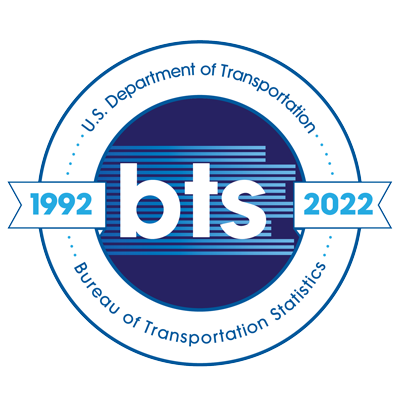Composite Burn Index (CBI) Evaluation in the Routt National Forest, Colorado
Topics:
Keywords: Forest fires, climate change, Composite Burn Index (CBI), fire severity, Relativized delta Normalized Burn Ratio (RdNBR)
Abstract Type: Poster Abstract
Authors:
Badri Ghimire, Texas Tech University
Nathan Gill, Texas Tech University
,
,
,
,
,
,
,
,
Abstract
Forest fires can play a crucial role in changing vegetation communities at a landscape level, especially with rapidly increasing frequency and severity under climate change. The Composite Burn Index (CBI) is a visual estimation technique for analyzing the severity of forest fires on a scale of 0 - 3 for classifying the effect of fire across landscapes. These CBI plots are 60 meters in diameter and involve a detailed process of observing the burned landscape from the substrate through the canopy of the trees. Each of the rating factors is averaged together to depict fire severity. We aim to better understand the resilience of forests in relation to the fire severity by comparing satellite-derived Relativized delta Normalized Burn Ratio (RdNBR) values from imagery of forests before and after fires with CBI values. The CBI often has inaccuracies because it saturates at the 3.0 category. Therefore, we plan to extend CBI to a 4.0-scale to represent extreme burns. In conclusion, we expect to see increased accuracy in this expanded CBI data, especially where forests re-burned at intervals that were more frequent than historical patterns by an order of magnitude.
Composite Burn Index (CBI) Evaluation in the Routt National Forest, Colorado
Category
Poster Abstract








